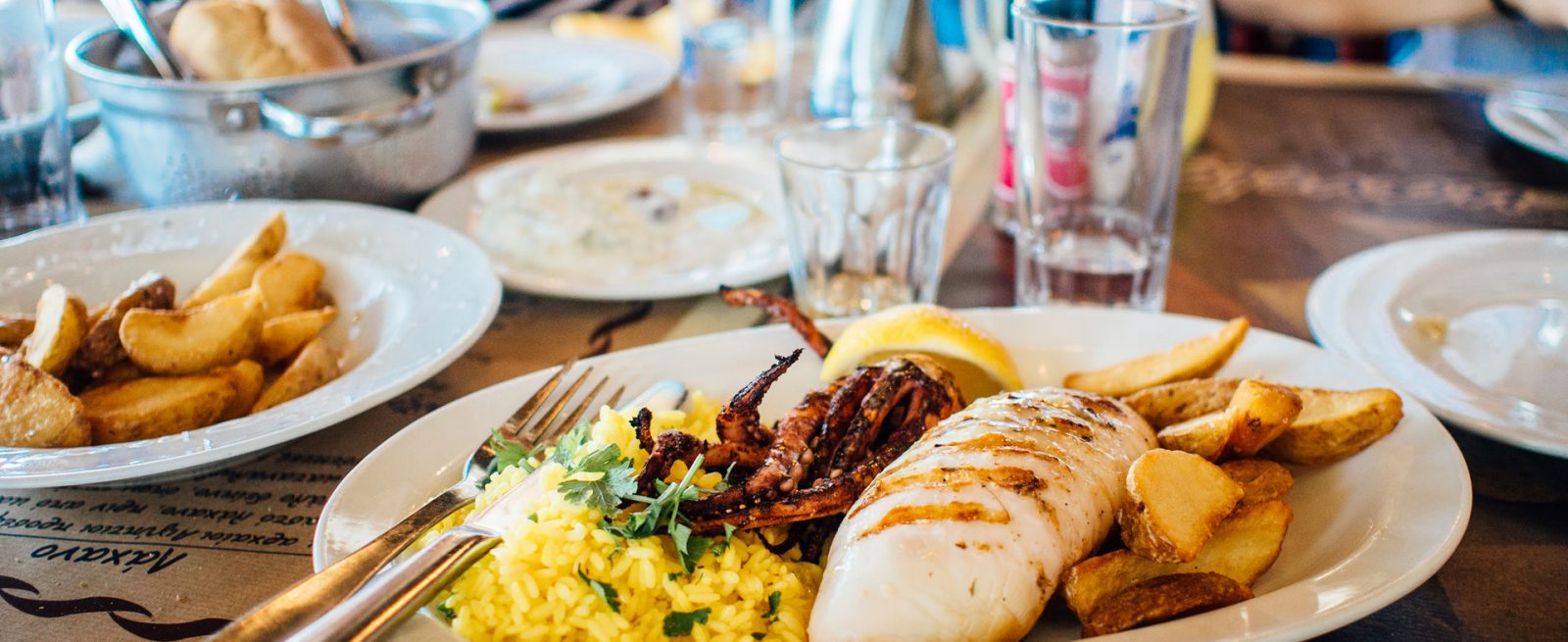Does Your Restaurant Have What It Takes to Become a Franchise?
5 Min Read By Bruce Hakutizwi
Just imagine: You’re filling the dining room every night. Sales are phenomenal, and you’re getting rave reviews in the local blogs and newspapers. Every night, your host or hostess needs to politely encourage walk-ins to call ahead to avoid the 45-minute wait.
Your restaurant — your baby — is finally off and running, and the future looks bright.
That’s probably not even too difficult of a scene to picture for most of you if you’re reading this article right now. After all, you’ve no doubt already put your heart and soul into building your restaurant dream. It may not even take much imagination at all to see the fruits of that hard work and dedication.
Whether you’re already at that stage right now, or you’re eagerly looking forward to that time in the future, an important question looms on the horizon:
What then?
Your OptionsTechnically, you can do whatever you want if and when your restaurant takes off. Assuming it’s profitable and you can entrust its day-to-day…
Sorry, You've Reached Your Article Limit.
Register for free with our site to get unlimited articles.
Already registered? Sign in!


